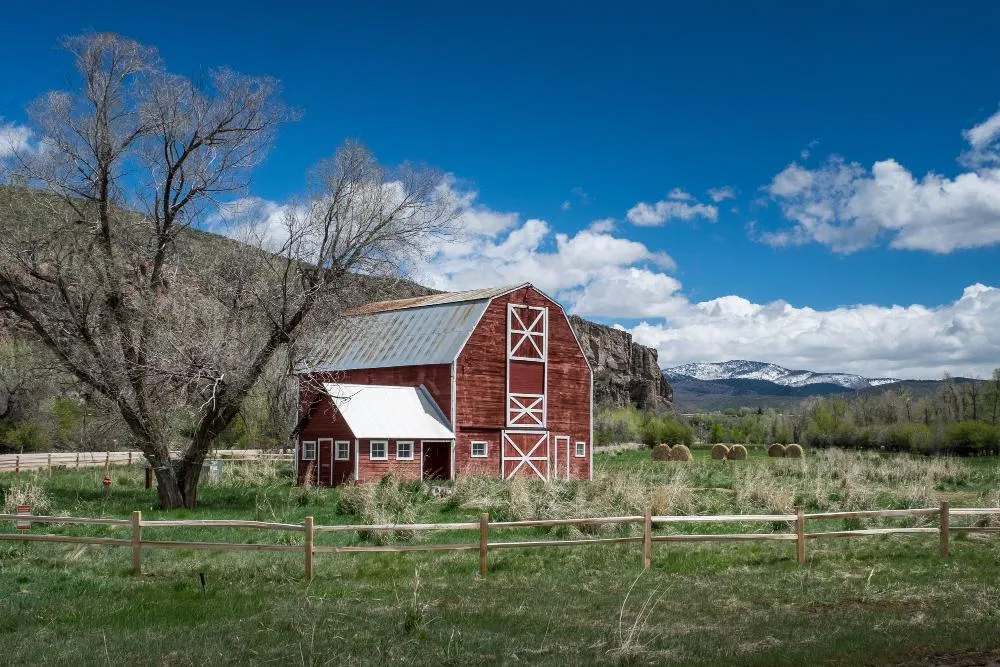
The History of Farm Wagons in the Gap, PA Region
Imagine rural Lancaster County in the 1700s: farms everywhere, muddy lanes, no paved roads, and the need to haul grain, lumber, produce, tools, and goods to market. In that era, sturdy wagons were lifelines—carrying what couldn’t be carried by pack animals or human hands alone.
Over time, wagon design evolved. Local craftsmen refined them, communities adapted them, and by the 19th century, farm wagons had become an essential part of life in and around Gap, PA. This post explores how farm wagons developed locally, how they intersect with the region’s agricultural heritage, and what legacy they leave for modern custom wagon builders.
The Roots: Early Wagons and Settlement in Lancaster County
The Conestoga wagon, a design closely tied to Lancaster County, became a model in the 18th and 19th centuries. HISTORY+3Wikipedia+3explorepahistory.com+3
Its name comes from the Conestoga Valley area and the Conestoga River (or Creek), in Lancaster County. explorepahistory.com+2HISTORY+2
The Conestoga was an evolution: earlier farm wagons adapted to harsher terrain, longer distances, and heavier loads needed to reach markets like Philadelphia. HISTORY+3tehistory.org+3schwenkfelder.org+3
These wagons featured curved or basket-style beds to centralize cargo, large wheels for rough roads, and canvas covers stretched over bows to protect freight. explorepahistory.com+3schwenkfelder.org+3HISTORY+3
As roads improved, traffic increased. Before railroads dominated, wagons were the primary overland transport for goods, crops, and supplies across rural Pennsylvania. tehistory.org+2HISTORY+2
Although there is no strong record specifically naming “Gap, PA wagons” from the earliest periods, Gap lies in Lancaster County, where this wagon tradition was alive and well. Gap’s location—on roads connecting farmland east and west—meant that farm wagons in this area almost certainly reflected the broader regional styles and practices.
Local Adaptation: Farm Wagons Around Gap and Lancaster County
Over time, as agriculture intensified and communities expanded, local wagon makers, blacksmiths, and farmers adapted wagon designs to local needs.
Some wagons in the region simplified the grand Conestoga design into more utilitarian farm wagons, focusing less on long-distance freight and more on farm-to-market use.
Local woods (oak, poplar, hickory) and ironwork from local blacksmiths shaped the materials and aesthetic.
Wagons built here needed to contend with rolling farmland, ridge farms, creek crossings, and seasonal conditions (mud, rain, freeze) — so builders placed emphasis on durability and maintainability.
In the late 19th century, with the rise of railroads, the use of large freight wagons declined for long hauls. But farm wagons (smaller, simpler) continued to be used locally for decades — for hay transport, fruit, lumber, and daily farm chores.
In visual culture and oral histories, wagons are a local icon: stories passed down of ancestors, farm life, barn-raising days, etc.
In Gap itself, the presence of a thoroughfare and farms around means wagons would have been common—transporting grain, barn lumber, harvest produce, dairy, and supplies across short local routes. While no preserved original wagon from Gap has widespread fame, the regional wagon tradition is part of the community’s agricultural heritage.
Transition & Evolution: From Wagons to Modern Equipment
As technology advanced:
Railroads and later trucks supplanted long-haul wagon freight.
Farms shifted to tractors, trailers, and mechanized loaders.
Wagons became more specialized: hay wagons, livestock wagons, show wagons, or event/ride wagons.
The romantic image of the wagon remained in local memory, in farm museums, in demonstrations, and in tourism (historical farm days).
Gap and Lancaster County host museums, historical societies, and rural heritage sites that display old wagons, tools, and blacksmith gear to remind visitors of the pre-mechanized era. The legacy continues when custom wagon builders reference these historic designs—or incorporate aesthetic touches (ironwork, wood styling, classic colors).
Frequently Asked Questions
Q: Was the Conestoga wagon actually used around Gap, PA?
A: While direct records for Gap are scant, Gap lies in Lancaster County, where Conestoga wagons originated and were widely used. So the Conestoga tradition would have influenced local wagon styles.
Q: What made the Conestoga design unique?
A: Its curved or warped bed “basket” shape helped centralize load, preventing shifting. It had large wheels, heavy wood and iron components, and canvas covers for protection. schwenkfelder.org+2tehistory.org+2
Q: When did wagons give way to rail and trucks in Lancaster County?
A: By the mid to late 19th century, railroads increasingly replaced wagons for long-distance freight. Local farms still maintained wagons for internal tasks for many years thereafter. tehistory.org+2HISTORY+2
Q: Are there surviving historic wagons in the region?
A: Yes, some historic wagons are preserved in museums and heritage collections in Lancaster County, illustrating the craftsmanship, woodwork, metalwork, and style of earlier periods. explorepahistory.com+1
Q: How does this history matter to today’s custom wagon builders?
A: The historical forms, materials, aesthetic sensibilities, and functional design lessons still guide modern builders. Echoes of curved beds, iron accents, wood selection, and durability come from that legacy.
Conclusion
The history of farm wagons in and around Gap, PA is part of a broader Lancaster County legacy — one that gave rise to the Conestoga wagon, which became emblematic of early American rural transport. While the grand freight wagons receded with railroads, the spirit of functional, durable, local wagon building never really left the region.
For a farm equipment supplier in Gap today, knowing this tradition connects your custom wagon work to a centuries-old craft legacy. When you build a new wagon, you’re part of a continuum—from early farmers navigating rough roads to modern users demanding precision, style, and utility.